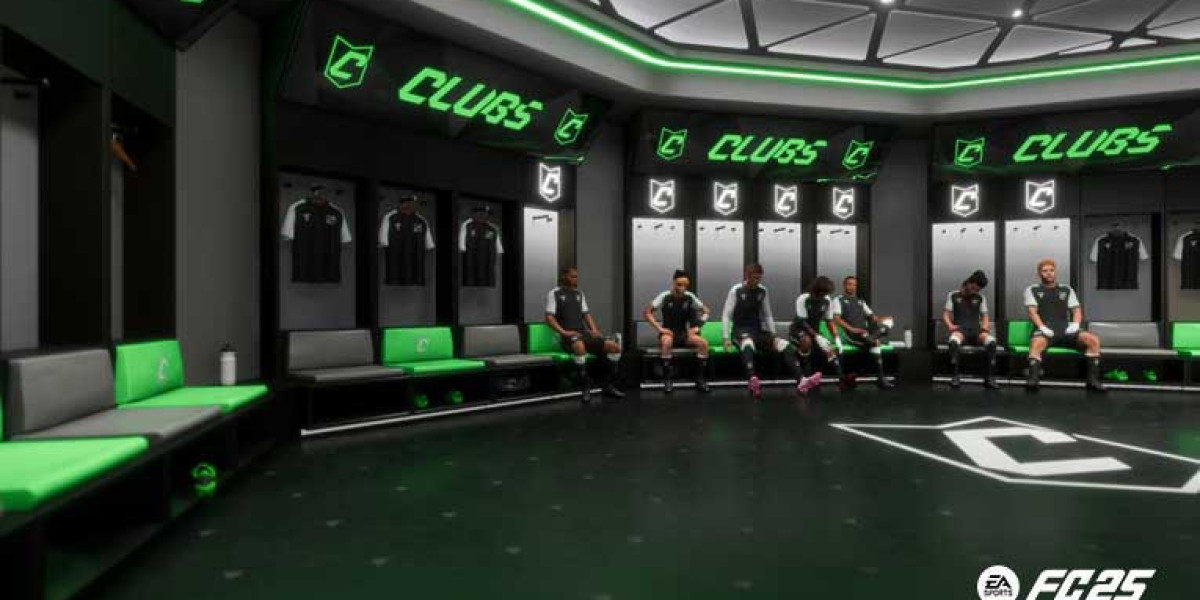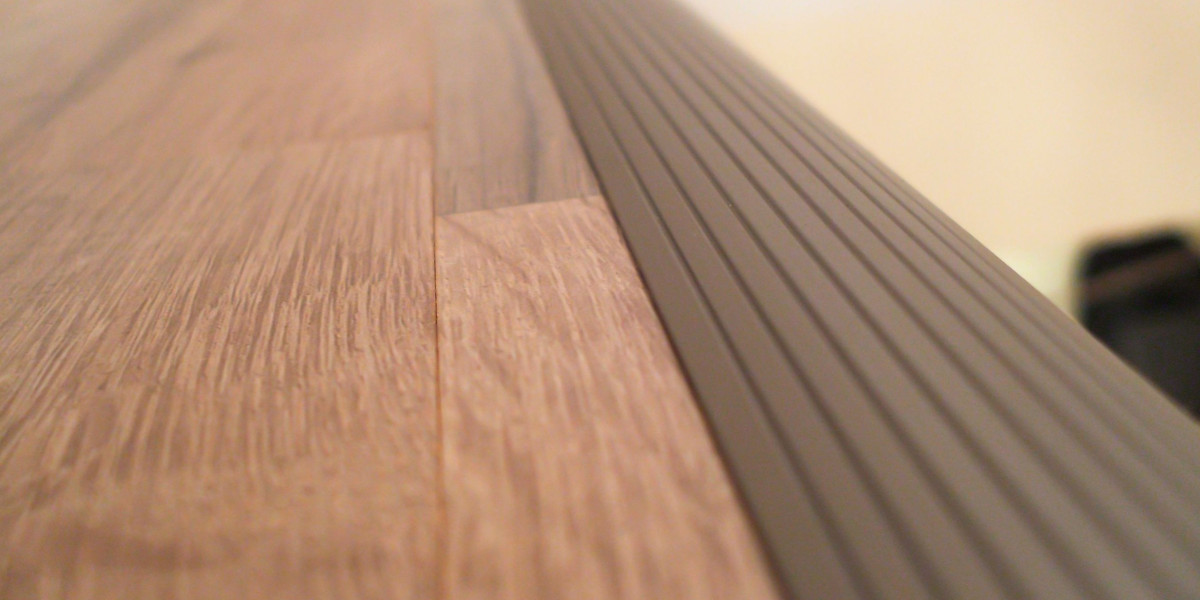In today’s fast-moving world of innovation, getting a product from the design phase to the market quickly is crucial. Traditional manufacturing processes, which often involve lengthy prototyping, tooling, and testing, can slow down this timeline. Rapid prototyping technology (RP) has emerged as a game-changer, offering manufacturers, designers, and engineers the ability to quickly turn concepts into physical models. This enables faster testing, evaluation, and refinement of products before they enter full-scale production. In this article, we explore what rapid prototyping technology is, its key types, benefits, applications, and how it's revolutionizing product development across various industries.
What is Rapid Prototyping?
Rapid prototyping (RP) refers to a group of techniques used to quickly fabricate a scale model or prototype of a physical part using computer-aided design (CAD) data. It allows for the creation of physical objects by building them layer by layer, rather than subtracting material from a solid block, as is done in traditional manufacturing. This "additive manufacturing" approach enables designers to quickly test the form, fit, and function of a design before committing to mass production.
The key advantage of rapid prototyping is its speed. What once took weeks or months to develop using traditional methods can now be completed in days or even hours. This increased speed helps companies reduce time-to-market, optimize designs, and decrease costs, while offering the flexibility to quickly iterate on product designs and make necessary adjustments.
Key Benefits of Rapid Prototyping
1. Faster Time-to-Market
One of the most compelling reasons companies adopt rapid prototyping is the speed with which they can develop and test new products. Traditional methods of creating prototypes—such as casting, tooling, and machining—can take weeks or even months, especially for complex parts. In contrast, RP technologies can create a prototype in a fraction of that time, allowing for faster testing, feedback, and adjustments. This shortened development cycle enables companies to launch products faster, gaining a competitive edge in the market.
2. Cost-Effective Design Iterations
With traditional manufacturing, creating prototypes often involves expensive molds, tooling, and setup costs. In contrast, rapid prototyping eliminates much of these upfront costs. Since the process is digital and automated, designers can create multiple iterations of a design without incurring high additional expenses. This flexibility reduces the overall cost of development and makes it easier to test multiple design options, making RP ideal for product optimization.
3. Improved Product Quality
Rapid prototyping allows designers and engineers to identify potential flaws early in the design process. Prototypes can be tested for both aesthetic qualities (such as look and feel) and functional attributes (such as durability and performance). By getting a tangible model early on, teams can catch design flaws, improve ergonomics, and address manufacturing challenges before production begins, leading to a higher-quality final product.
4. Customization and Innovation
Rapid prototyping enables a high level of customization, allowing manufacturers to create products tailored to specific customer needs or industry demands. Whether it’s custom-fit medical devices or personalized consumer products, RP makes it easier to produce unique, bespoke designs. Additionally, it supports innovation by allowing engineers to experiment with new designs, materials, and technologies without the limitations of traditional manufacturing methods.
5. Enhanced Collaboration
With a physical prototype in hand, teams from different departments—design, engineering, marketing, and management—can work together more effectively. A tangible prototype facilitates clear communication and understanding across the team, leading to quicker consensus on design decisions. In addition, rapid prototyping allows companies to involve customers or stakeholders earlier in the process, providing valuable feedback that can guide further development.
Types of Rapid Prototyping Technologies
Rapid prototyping encompasses a range of technologies, each offering unique advantages and suitable for different types of products. Below are some of the most widely used RP methods:
1. 3D Printing (Additive Manufacturing)
One of the most popular and widely recognized rapid prototyping techniques is 3D printing, also known as additive manufacturing (AM). This process involves creating three-dimensional objects layer by layer from a digital file, using materials such as plastic, resin, metal, or even food.
There are various types of 3D printing methods, including:
Fused Deposition Modeling (FDM): A low-cost 3D printing method that extrudes heated filament, typically made of thermoplastic materials like PLA or ABS, to build up layers. FDM is commonly used for creating prototype parts or product components that do not require fine details.
Stereolithography (SLA): Uses UV lasers to solidify liquid resin layer by layer. SLA is known for producing high-accuracy models with smooth surfaces, making it ideal for parts requiring intricate details and smooth finishes.
Selective Laser Sintering (SLS): Utilizes a laser to fuse powdered materials, such as nylon, into solid structures. Unlike other additive methods, SLS does not require support structures, making it ideal for creating functional prototypes that are durable and complex.
Applications:
- Automotive, aerospace, and consumer product industries for functional parts and aesthetic prototypes.
- Custom medical implants, prosthetics, and models for pre-surgical planning.
- Architecture and construction for building models and components.
2. CNC Machining (Subtractive Manufacturing)
While 3D printing is a form of additive manufacturing, CNC (Computer Numerical Control) machining is a subtractive process, where material is removed from a block using rotating tools to create a precise shape. CNC machining works with a variety of materials, including metals, plastics, and composites, and offers high precision and a smooth finish.
CNC prototyping is ideal when the prototype needs to be made from a functional material or when high precision is essential. It is widely used for creating functional prototypes in industries like automotive and aerospace, where material properties such as strength and durability are crucial.
Applications:
- Aerospace and automotive parts that require durable, high-precision components.
- Functional prototypes for testing and validation.
3. Stereolithography (SLA)
Stereolithography is a rapid prototyping method that uses a UV laser to cure a liquid resin, solidifying it layer by layer. SLA is known for its ability to produce high-resolution parts with fine details, making it a popular choice for producing prototypes with intricate geometries and smooth surfaces.
While SLA is slower than some other 3D printing methods, it’s ideal for high-quality, precise models. SLA is frequently used for designing prototypes for consumer products, jewelry, dental applications, and intricate mechanical parts.
Applications:
- Jewelry, dental models, and high-precision prototypes.
- Consumer electronics and prototypes that require high detail.
4. Laminated Object Manufacturing (LOM)
Laminated Object Manufacturing (LOM) involves layering sheets of paper, plastic, or metal foil and bonding them together using heat or adhesive. The layers are cut into shape by a laser or blade, building up the model layer by layer.
LOM is relatively cost-effective and well-suited for producing large-scale prototypes or models that don’t require high precision or fine detail. It is especially useful for architectural models or large-scale designs where speed and cost-effectiveness are the primary concerns.
Applications:
- Architectural and construction models.
- Large-scale prototypes for automotive or aerospace industries.
5. PolyJet Printing
PolyJet technology uses inkjet-like printheads to spray layers of liquid photopolymer onto a build platform. The material is then cured by UV light, allowing it to harden instantly. This method can produce highly detailed parts with a smooth finish and multiple materials, such as flexible or rigid materials, within the same prototype.
PolyJet printing is known for its high resolution, ability to create multi-material parts, and for being able to print with different colors, making it ideal for creating realistic models or functional prototypes.
Applications:
- Consumer product prototypes that require multiple materials or colors.
- Detailed anatomical models for the medical industry.
- Automotive interior components, such as dashboards and handles.
Applications of Rapid Prototyping
Rapid prototyping is used across various industries to streamline product development, reduce costs, and create better, more functional products. Some of the key sectors that benefit from RP include:
1. Automotive Industry
Automakers use rapid prototyping to produce prototypes of vehicle components, parts, and even full-scale models. This allows manufacturers to test the fit, performance, and ergonomics of various components before committing to mass production. RP also helps in the creation of tooling, fixtures, and custom parts for vehicle manufacturing.
2. Aerospace Industry
The aerospace industry relies on rapid prototyping to design and test complex parts and systems used in aircraft, spacecraft, and defense applications. RP allows engineers to quickly create lightweight, durable components that meet the high-performance demands of aerospace design, reducing development times and enhancing innovation.
3. Medical and Healthcare Industry
In the healthcare sector, rapid prototyping plays a critical role in creating custom medical devices, prosthetics, and implants. 3D printing, in particular, is used to produce patient-specific anatomical models for pre-surgical planning or for testing implants before implantation.
4. Consumer Electronics
Rapid prototyping is essential for designing electronic devices, such as smartphones, wearables, and home appliances. With rapid prototyping, companies can test ergonomic designs, validate the functionality of parts, and evaluate user interfaces before moving into full-scale manufacturing.
5. Architecture and Construction
Architects and construction professionals use rapid prototyping to create models of buildings, infrastructure, and urban layouts. These models help visualize designs, assess space utilization, and communicate ideas to clients and stakeholders in a tangible way.







